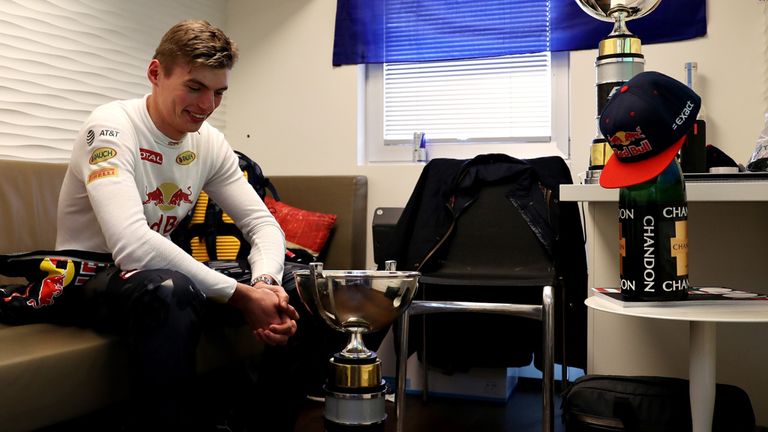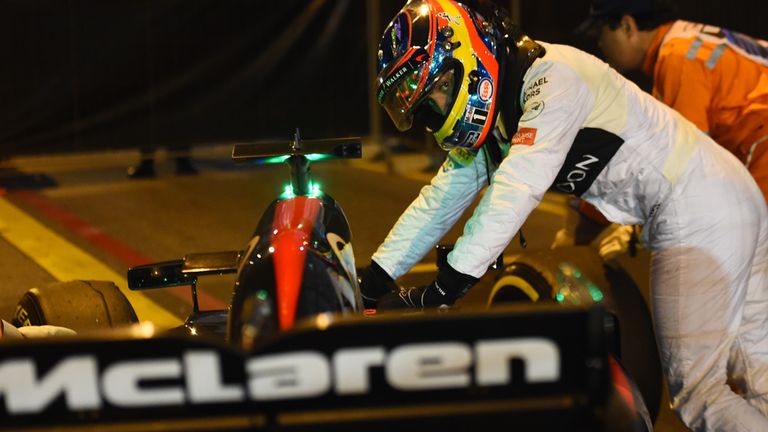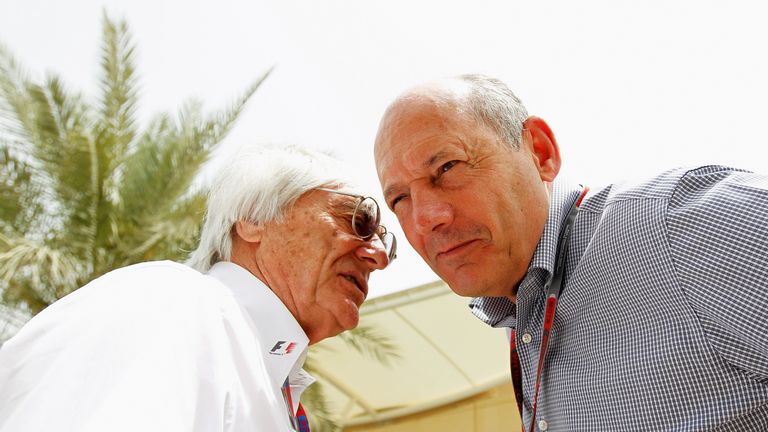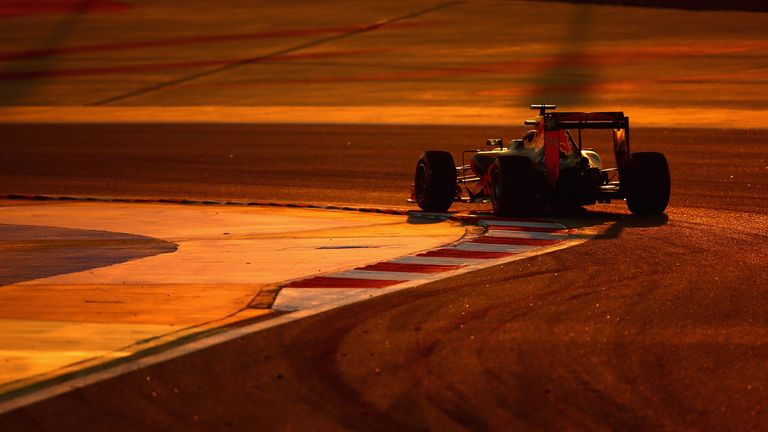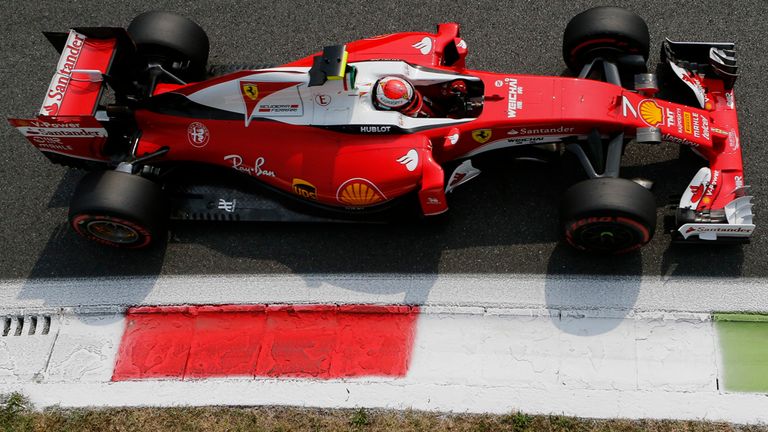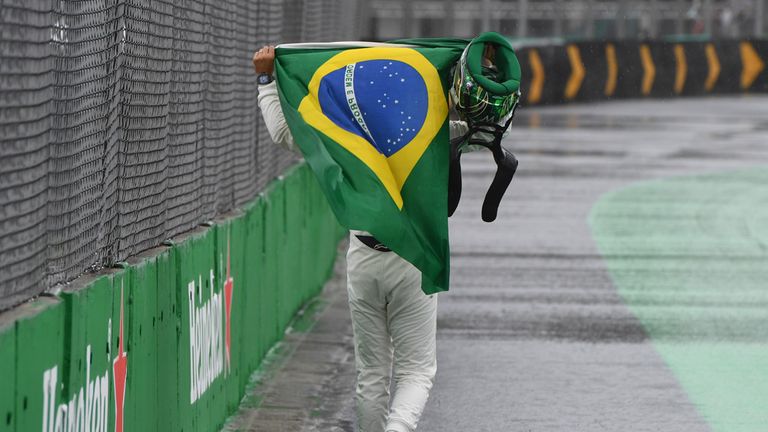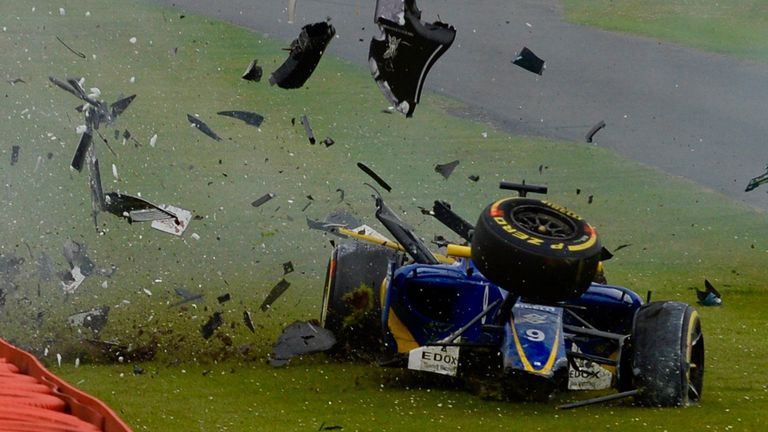Conclusions from Formula 1 2016
Hamilton the driver of the year but not the champ, F1 needs a rules refresh, Alonso is F1's forgotten star and Verstappen the sport's next superstar, and why it's tougher than ever at the back...
Friday 30 December 2016 11:11, UK
The fastest driver doesn't always win
Lewis Hamilton's three engine failures also had a say - well, more of a deafening shout than a say - in the world championship battle but Nico Rosberg's title triumph was also a triumph of application, determination, clear-headedness and consistency. Pace is still F1's primary virtue but 2016 was also a salutary reminder of its limitations.
Even at the pinnacle of motorsport, reliability matters as much as speed - and consistency can sometimes be more than enough to compensate for any deficit in talent. Which is why the fastest car and driver only usually wins, not always.
F1 has a new box office star
Sorry Nico and apologies Lewis, but 2016 will be remembered in the decades to come as the year when F1's next superstar came of age. If May was the month in which Max Verstappen became the sport's youngest ever winner, 2016 is the year when a legend was born.
He even inspired a rule rewrite with his name unofficially affixed. All this at 18 years of age. Formula 1 has found its new beginning.
Alonso remains a phenomenon
Tenth in the drivers' title may not sound like a great deal and for a driver of Alonso's talents it certainly isn't. But the Spaniard's finishing position for 2016, five places ahead of his world champion team-mate, was one of the achievements of the year. And his drives in Singapore and Brazil were nothing short of triumphs of nuclear intensity over limited machinery.
Give him a car - a proper, bona fide frontrunning F1 car - and there's a literal driving force desperate to break out for an already-overdue third title.
F1 needs the 2017 rules refresh
Because there can be too much of a good thing: the welcome respite to Red Bull's dominance when Mercedes broke up F1's old world order has given way to the wearying familiarity of their staggering superiority. Of the 59 races in F1's three-year hybrid era, the Silver Arrows won 51. In its final act of 2016, their cars were still too fast for the rest even when being driven deliberately slowly.
Any concerns about what the 2017 rules refresh will mean for the actual racing can wait until next year. Right now, it feels about time the sport made its competitors start from scratch again.
F1's big beasts are on the verge of extinction
Going, going... all-but gone. While Bernie Ecclestone might still be minding the shop - although even his position is in doubt following Liberty Media's agreed takeover of the sport - the rest of F1's former big beasts, kings of the jungle barely a decade ago, appear on the verge of extinction. Where now the likes of Ross Brawn, Jean Todt, Patrick Head, Max Mosley, Stefano Domenicali and Luca di Montezemolo? F1 is a tough business with no place for sentiment but in the sweeping aside of the old guard November's ousting of Ron Dennis, Mr McLaren himself, from the team he built was the cruelest cut of all.
It was also a terminal break between F1's present and its most celebrated past: the final link between today's F1 and the era of Senna-Prost is now tending to his roses.
Formula 1 can be a thing of beauty…
…and terrible danger
Easily forgotten now, but the 2016 season could have been remembered for all the wrong reasons after one of its very first acts. Instead, Alonso was able to walk away from his wrecked McLaren with barely a scratch - and just a small limp - due to the sport's successful pursuit of increased safety levels.
A day later he flew back to Europe and was photographed reading a newspaper headline of 'The luckiest man alive'. Quite.
Ferrari are in the doldrums
Ferrari are only one of two teams on the grid with the capacity and financial arsenal to build both their own cars and own engines under the same roof. The fact that the other team, Mercedes, dominated the hybrid era only underlines the scale of Ferrari's malaise over the last three years culminating in a winless season in which they failed to qualify on the front row.
For a team of such renown and of such power, it was a shocker.
The F1 world map is being ripped up
Baku's European GP may have been the only new race added to the mix in 2016 but F1's map of the world continues to be remorselessly redrawn with scant respect for tradition or legend.
In the land of Schumacher and Vettel, the dismal sight of empty grandstands for the German GP, even in a year when one of their own was driving to his first world title, served as visual confirmation that Germany's love affair with F1 is temporarily on the wane.
For Brazil, a country once synonymous with F1, the situation is even more severe. After Felipe Massa's retirement and the withdrawal of Banco do Brasil as Felipe Nasr's principal sponsor, there is every chance that the 2017 grid will be without a Brazilian driver. There's every chance, too, that Brazil will lose its race for next year as well.
The land of Piquet and Senna, and of season finales for the ages, is on the brink of being completely erased from the F1 map.
It's never been tougher at the back
The gap between F1's have and have-nots grows ever wider. At one end, a feeding frenzy. At the other, a famine. While Mercedes racked up a mere 765 points in 2016, the two teams at back collected a mere three between them. The split - two to Sauber, just one to Manor - could have entity-defining repercussions for both outfits over the winter.
Feeding on scraps, F1's trickle down theory is, more than ever, hard work for little reward for those slumming the back of the grid in F1's glittering paddock of riches.

